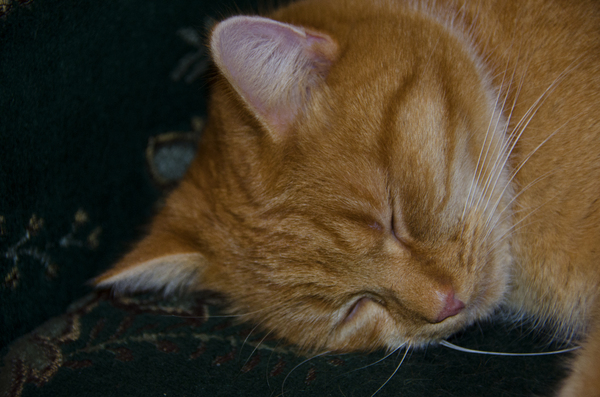
Cat litter and litter boxes play a critical role in the lives of both cats and their owners. From the simple starts of sand and soil to the ingenious advancements of today, the world of cat litter has developed substantially. In this comprehensive guide, we delve into every aspect of cat litter and litter boxes, exploring their history, types, benefits, difficulties, and everything in between.
The history of cat litter dates back centuries, with ancient civilizations using sand, soil, and even ashes as primitive litter materials. However, it wasn't up until the mid-20th century that contemporary cat litter as we understand it emerged. In 1947, Edward copyright presented the world's very first business cat litter made from absorbent clay, revolutionizing the way cats relieved themselves indoors. Ever since, cat litter has undergone numerous changes, with the introduction of clumping litter, silica gel litter, naturally degradable choices, and more.
Today, cat owners are spoiled for option when it pertains to picking the ideal litter for their feline buddies. Standard clay litter stays popular for its cost and efficiency in taking in odors. Clumping litter, which forms solid clumps when wet, simplifies cleansing and upkeep. Silica gel litter, made up of extremely absorbent silica crystals, provides exceptional smell control and longevity. Naturally degradable choices, such as recycled paper, wood pellets, corn, and wheat, appeal to environmentally conscious customers.
Each kind of cat litter provides unique advantages. Clay litter masters its capability to take in moisture and control smells, making it a trusted option for numerous cat owners. Clumping litter simplifies daily scooping and extends the time in between wood pellets cat litter total litter changes. Silica gel litter provides extraordinary smell control and can last longer between replacements. Biodegradable litters offer a sustainable option that lessens environmental impact.
While cat litter boosts indoor feline health, it is not without its obstacles. Dust from clay litter can present respiratory risks for both felines and people, triggering the appeal of dust-free alternatives. Some felines may develop litter box hostility due to issues with texture, aroma, or cleanliness, necessitating experimentation with various litters and box configurations. Multi-cat families may need tactical litter box placement and regular maintenance to avoid territorial disputes and make sure all cats have access to tidy facilities.
Picking the suitable litter box is essential for promoting favorable litter box habits and total feline well-being. Aspects to consider consist of size, accessibility, and style preferences. Covered litter boxes offer personal privacy and assistance consist of odors, however some cats might discover them confining or frightening. Open-top litter boxes offer simple access and exposure however may lead to more litter scatter. Automatic self-cleaning litter boxes streamline upkeep but need regular monitoring and maintenance.
Appropriate litter box upkeep is crucial for guaranteeing a tidy and inviting environment for both felines and their owners. Daily scooping removes waste immediately, minimizing odor and preventing litter box aversion. Regular litter replacement, normally every 1-2 weeks, prevents bacterial buildup and preserves optimum absorbency. Thorough cleansing with moderate detergent and water, avoiding cat litter boxes severe chemicals that might deter cats from utilizing package, should be performed monthly.
Cat litter and litter boxes play a main function in fostering a healthy and harmonious relationship in between felines and their human buddies. With a diverse range of litter choices and litter box styles readily available, cat owners have the flexibility to tailor their options to match their felines' choices and household needs. By understanding the advancement, types, advantages, and obstacles of cat litter and litter boxes, pet owners can provide their feline buddies with cat litter box self cleaning a comfy and sanitary indoor environment.
Comments on “DIY Cat Litter: Homemade Alternatives and Recipes”